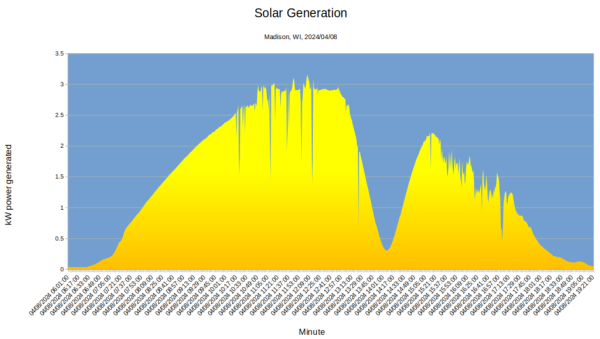Here’s a hypothetical situation. You decide to build your own steam generator plant and connect it to the electric grid. No matter where you live, you’d probably have to meet a ton of requirements from whoever controls your electric power, almost surely backed by your government. Yet, according to a recent post by [Bert], a version of this is going on in Europe and, probably, in many more places: unregulated solar power inverters driving the grid.
If you have just a few solar panels hanging around, that probably isn’t a problem. But there are a sizeable number of panels feeding power — and that number seems to grow daily — having control of the inverters could potentially allow you to limit the grid’s capacity or — if the inverters allowed it — possibly take the grid down by feeding power incorrectly back into the grid.


















